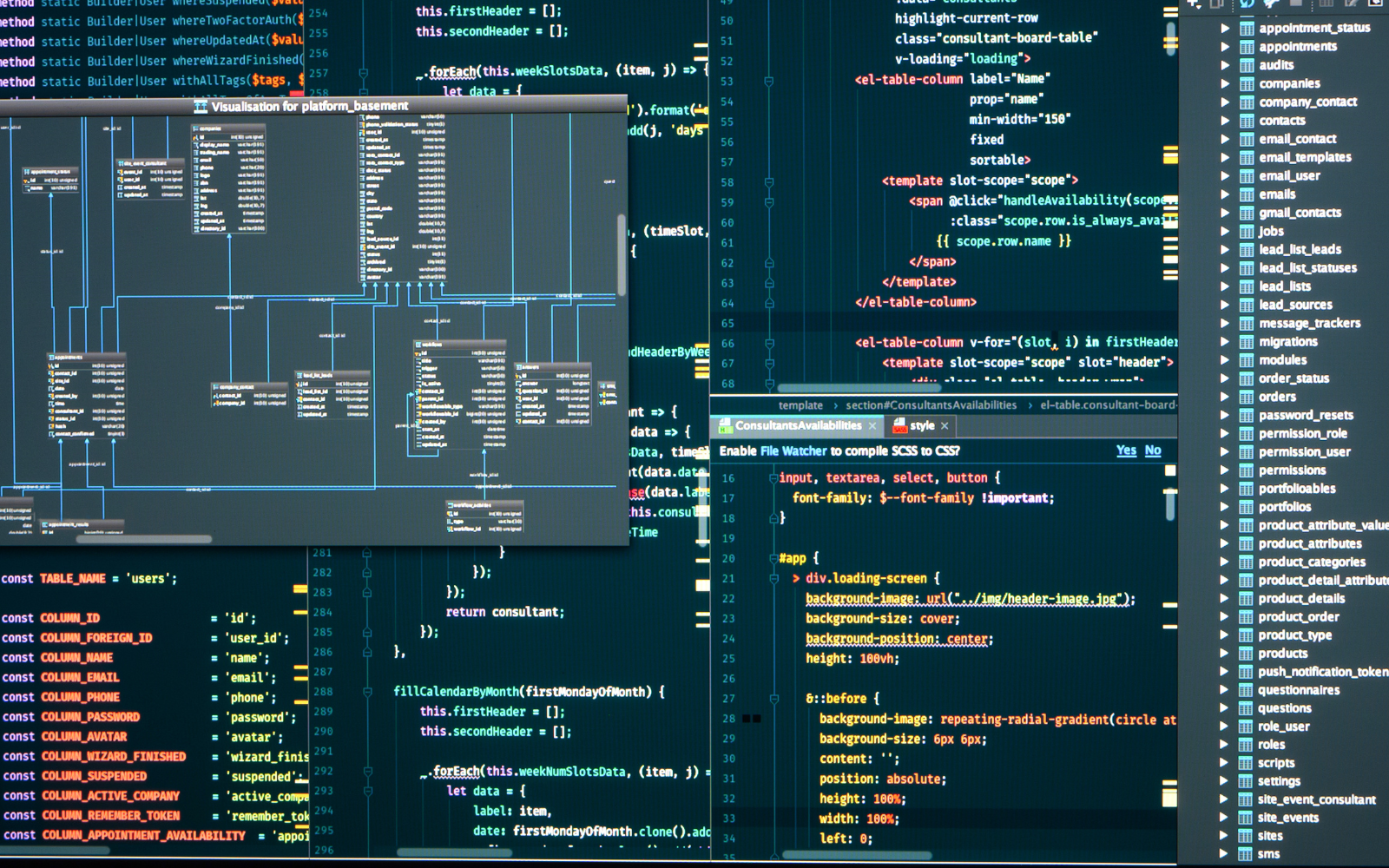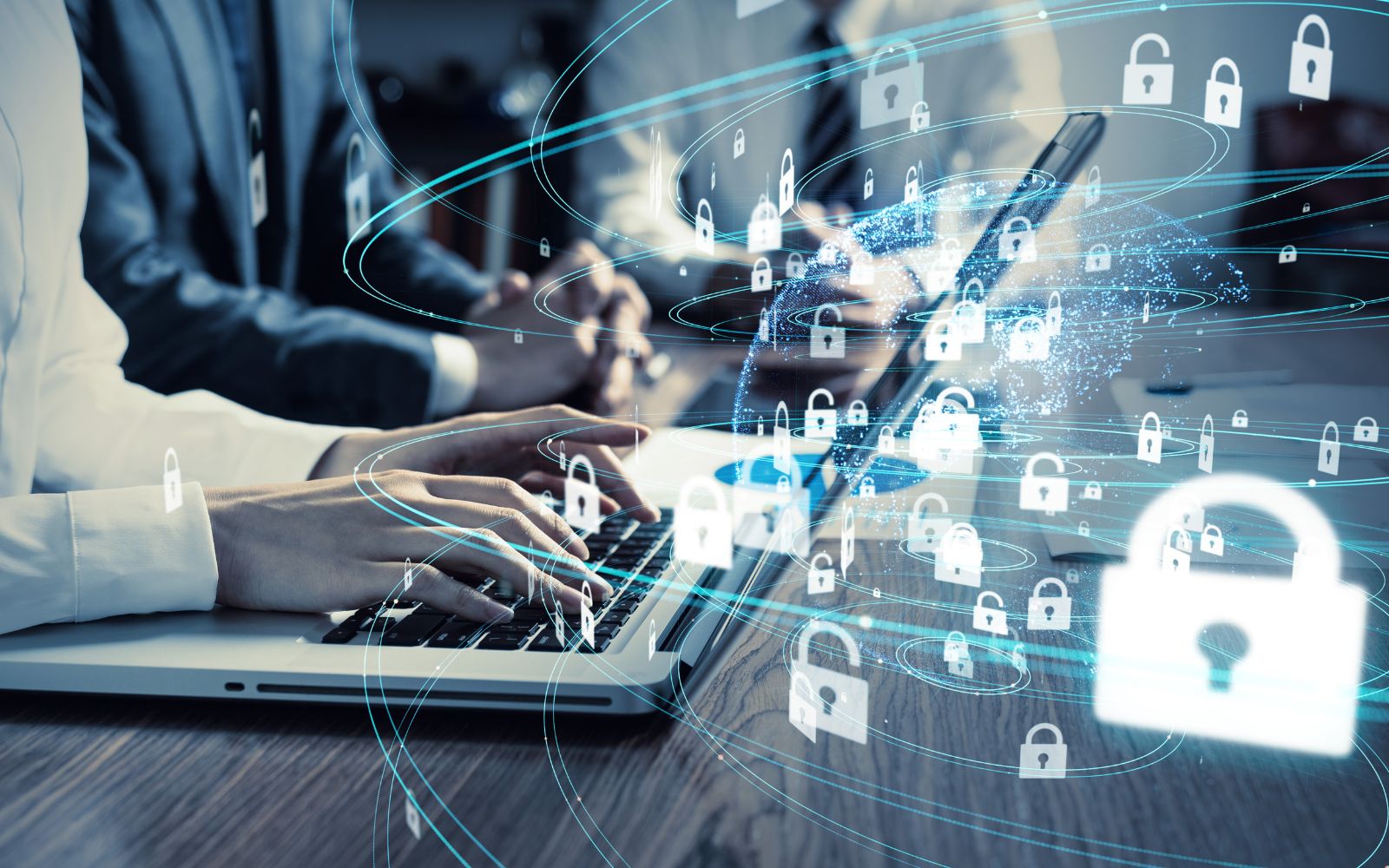Dan Marshall, our Security Operations Center Manager, outlines three major cyber-attacks in 2024. He emphasizes the importance of vendor management, cloud security, and modern security measures, offering strategies to protect against cyber threats in 2025.
Learn how Versetal can help you with your IT Ops


